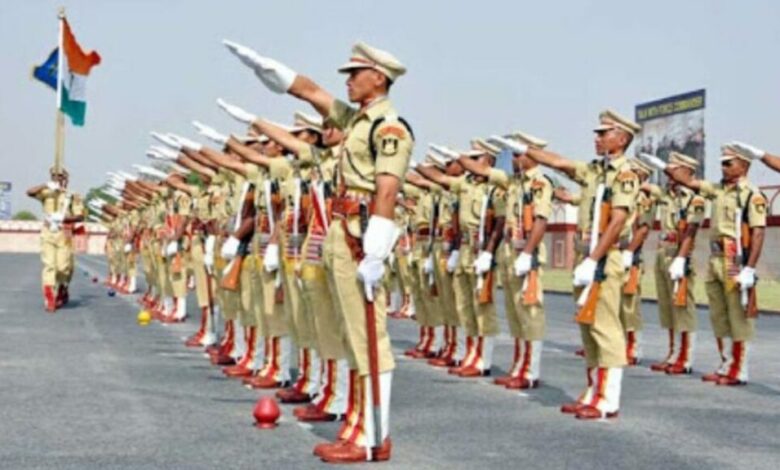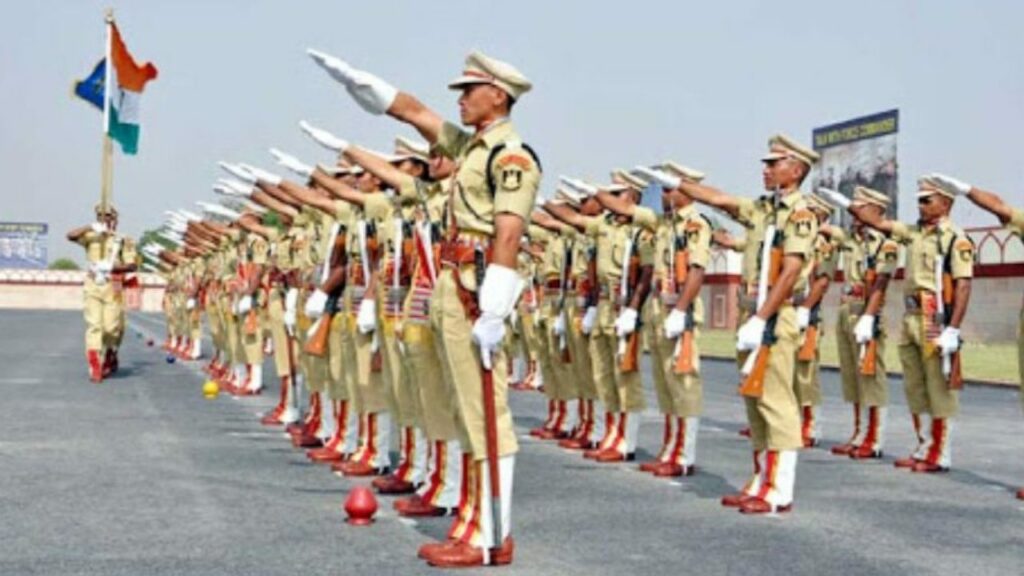Indian Army Can Directly Issue Notice To Take Down Online Content – Trak.in

In a significant development for national security and information control, the Indian Army can now directly request the removal of unlawful content from social media. The Ministry of Defence recently designated the Additional Directorate General (ADG) of Strategic Communication as the “nodal officer” authorized to issue takedown notices under Section 79(3)(b) of the IT Act. This change eliminates the Army’s previous reliance on the Ministry of Electronics and Information Technology (MeitY) to initiate content removal.

Faster Response to Harmful Content
Before this notification, the Indian Army depended on MeitY to handle takedown requests, which often led to delays in managing critical content. According to sources within the Army, this new authority allows for faster responses, especially in cases involving misinformation or disinformation from foreign entities. “For example, if a Pakistan-run handle is spreading misinformation, we can now directly notify intermediaries to act on it,” an Army representative mentioned.
This streamlined process ensures the Army can directly highlight harmful or illegal content, leaving it to social media intermediaries to determine the necessary action.
Impact on Social Media Platforms
Social media intermediaries are bound by Section 79 of the IT Act, which grants them “safe harbour” protection, shielding them from liability for third-party content unless they fail to remove flagged content. Section 79(3)(b) specifically removes this protection if intermediaries don’t act upon content flagged by an “appropriate government” or its agency. With this recent change, the Indian Army joins a list of bodies authorized to directly interact with intermediaries for content removal. However, this expansion of authority has sparked concerns over the potential for broad and quick censorship, a legal grey area highlighted by experts in recent cases.
Addressing National Security Challenges
The Army’s new authority is particularly pertinent to national security concerns, as it enables quicker responses to situations impacting the Army’s image and operations. For example, content challenging the Army’s role in sensitive regions or potentially misrepresenting military actions could be managed more swiftly under this new system.
With this change, the Army can act directly to safeguard its image and address content that might affect national security without needing to route all requests through MeitY. For social media users and platforms, this shift highlights the growing emphasis on balancing freedom of expression with security needs in an era where misinformation can spread rapidly.
4o






